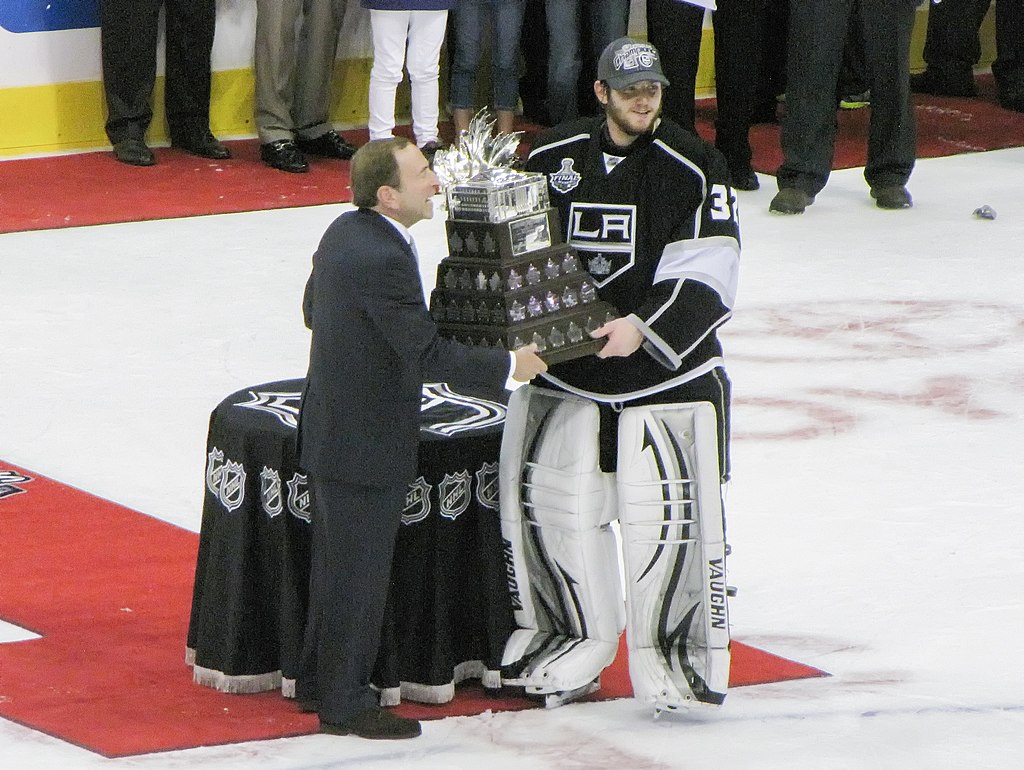By Mikhail Bryan
In sports, the question “what are your strengths and weaknesses as a team?” is one that most coaches and players ask both each other and themselves frequently. In business, “what are your main sources of revenue?” or “which sales area is your weakest?” are getting at the same point. Whether it be sports or business, we are attempting to understand what it is that we do well, and what it is that we need to improve upon. This much is talked about often and well-known in the sports and business worlds (and the combination thereof).
What is seldom talked about, and not always recognized, is HOW we know what we do well and what we do not do so well. We think we have an idea of our strengths and weaknesses because it seems obvious, right? People tell us “your team does ___ well” or “your business is great at ____.” Then, we watch our team or business and find the same results others did. This may seem logical, because it is, yet it is missing one component: complete analysis.
What is the Peak-End Rule?
As Daniel Kahneman masterfully explains in his book Thinking, Fast and Slow humans are subject to what he refers to as the “peak-end rule” when it comes to remembering events. This means that we tend to remember events (such as games) by their peak, or most intense moments, and their end. The same applies to how we remember a cluster of events (games), aka a season. For example, when thinking back to your previous season, you likely remember the most intense wins and losses, as well as the final game. The myriad of games in between those get mushed together because they were not as memorable as the peak or the end. So how does that relate to complete analysis of strengths and weaknesses?
Using the Peak-End Rule to Improve Strengths and Weaknesses
If you are a coach or leader analyzing your team or business, and you do not engage in a full-scale season or year-end review, instead relying on what you or others remember – then you are missing valuable information that would inform or change your overall analysis. To get a real understanding of your team or business’ strengths and weaknesses, you must go back through each game, or month, and examine what worked and what did not.
In sports, this could be done by watching each goal your team scored and each goal your team gave up. We may think we know how our team scored or got scored on, especially because as a coach you likely had a front-row seat for it. The same goes in business, as the leader of the organization was likely sitting in on all important decisions throughout the year. But as Kahneman argues, the peaks and the end will influence your memory of those events. To see the full picture, we have to go back and review it all. This will give us our best opportunity at truly identifying our strengths and weaknesses.
In a previous article I wrote about a concept “high frequency, low success” introduced by Daryl Belfry. This concept focuses on first identifying situations that frequently occur in your game, line of work, etc. Next, you pick out the ones you struggle with to focus on improvement. To read more into that concept check out that article here. The concepts of the peak-end rule and high frequency, low success actually can work together. To identify those high frequency items, one has to look beyond the peaks and the end. Otherwise, you may be trying to apply high frequency, low success to situations that actually didn’t occur all that frequently.
Example
What I Thought….
I thought I would share a personal example to illustrate this idea. After the conclusion of the 2021-2022 season, our coaching staff sat down to go over the goals for (GF) and goals against (GA) from all 27 games this past season. Beforehand, I did not feel as though we gave up a lot of GA from sustained pressure in the defensive zone. I believed (based on my memory) we gave up most of our GA after turnovers and off odd man rushes. As you may have guessed by now, the peak-end rule was influencing my memory.
What it Was….
Turnover and odd man rush GA accounted for roughly 49% of our GA. That’s almost half, so I wasn’t that far off…except that the other 51% was represented by only one type of GA – sustained pressure in the defensive zone. The type of goal varied (shot from the point, rebound, off the cycle) but the fact remained that just over half of our GA were a result of us not being able to stop our opponents from setting up in our defensive zone and creating chances. While it will certainly help to limit our turnovers and odd man rushes, we would be equally (or better) served by playing more sound defense in our own zone.
After learning about the peak-end rule, it is not surprising that my prediction was turnover and odd man rush GA. These were some of the most intense goals given up (representing the peak). Ones that are burned into your memory as a coach or player. Similarly, there were goals that occurred late in the season (representing the end) that fit these descriptions as well. This follows the pattern of the peak-end rule, as my memory retained those GA that fit the description of both peak and end.
Conclusion
This is all to say that in order for a coach or leader to understand their team or organization’s strengths and weaknesses, one must engage in a full-scale review. If you attempt to rely on your memory alone, you will likely be influenced by the peak-end rule as well. This will likely cause important team and organization characteristics to be missed entirely…limiting the growth and potential of everyone involved. Start your analysis by going through every aspect of your team or organization’s performance, despite what your memory tells you. My guess is you’ll be surprised with what you find.
Post image attribution: Ariswent at English Wikipedia, CC0, via Wikimedia Commons




